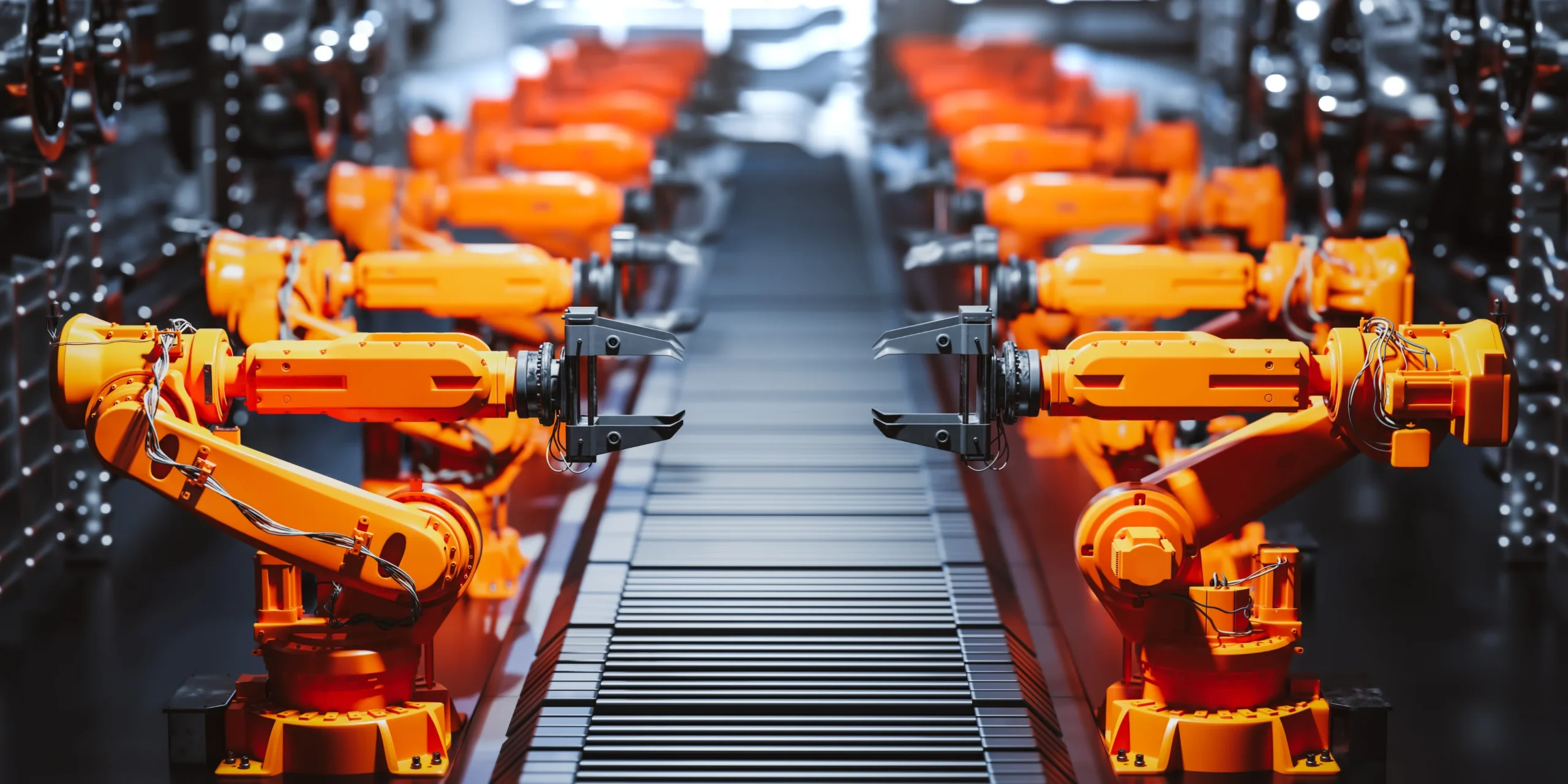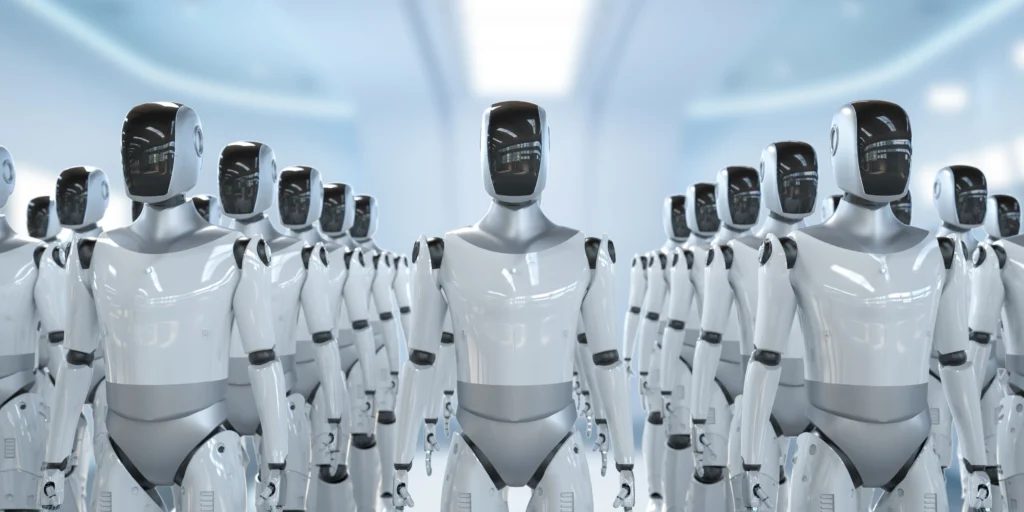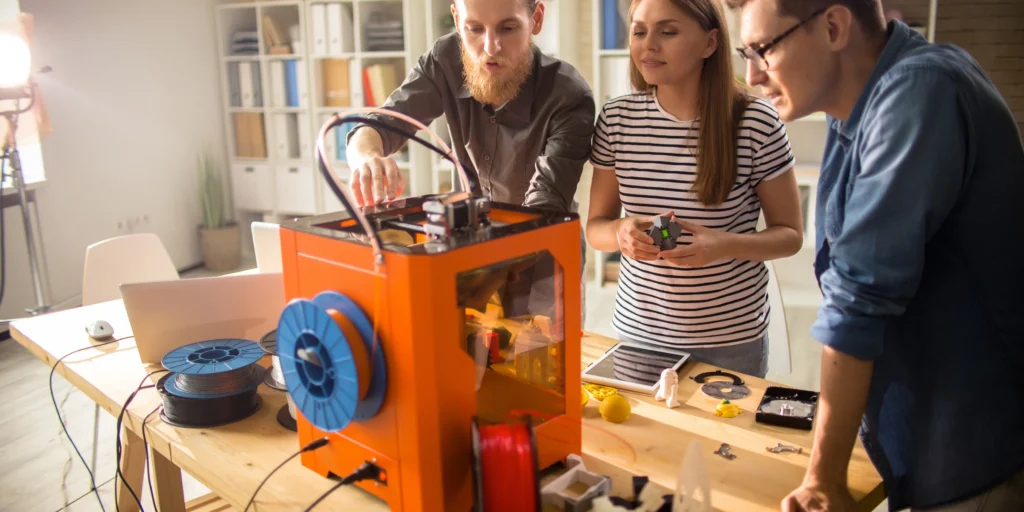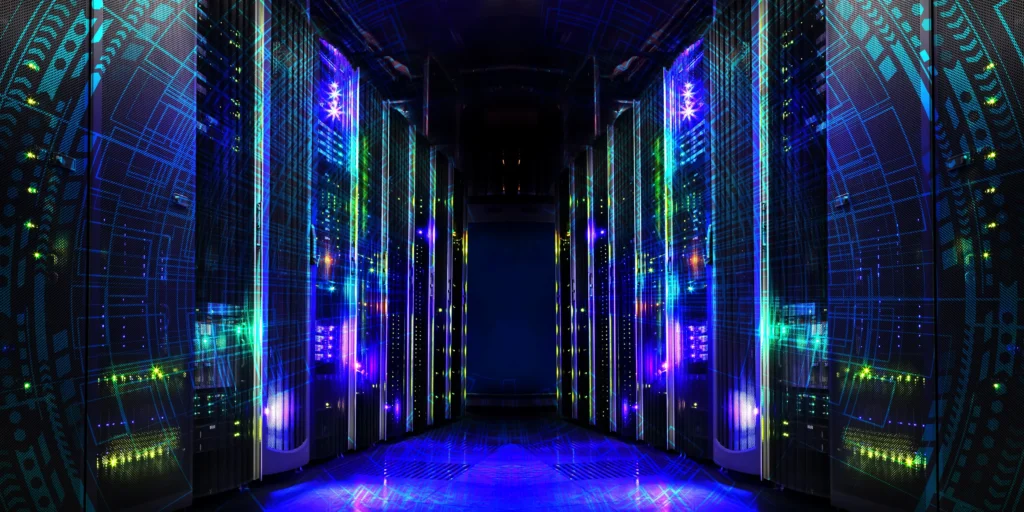Why It Matters
AI is evolving from a supportive tool into an active agent. Unlike traditional systems that wait for human prompts, agentic AI can set goals, make decisions, and execute tasks independently. In industry, this shift is reshaping workflows – from supply chain management to factory automation – marking a step toward machines that don’t just help but act.
The State of Play
The leap toward agentic AI is being fueled by advances in large language models, reinforcement learning, and robotics integration. These technologies give AI the ability to plan, adapt, and self-correct in real-world environments.
- According to McKinsey, automation driven by AI agents could deliver productivity gains of $4.4 trillion annually across industries by 2030.
- Siemens and NVIDIA are partnering to create “industrial metaverses,” where agentic AI simulates and manages factory operations.
- In logistics, DHL has deployed autonomous agents to optimize warehouse routes, cutting inefficiencies by nearly 25%.
This isn’t just an upgrade in tools – it’s a transformation in the very logic of industry.
Applications Across Industries
- Manufacturing
Self-directed robots handle complex assembly lines, learning from mistakes without reprogramming. - Logistics & Supply Chains
AI agents coordinate routes, track shipments, and reroute around delays automatically. - Energy
Grid-management agents balance supply and demand dynamically, integrating renewables more efficiently. - Pharmaceuticals
Autonomous lab agents design experiments, analyze results, and propose next steps in drug discovery.
Opportunities & Benefits
- Efficiency Gains: Reduces downtime and speeds up industrial processes.
- Scalability: Once trained, agents can replicate across facilities with minimal human oversight.
- Resilience: Autonomous systems adapt quickly to disruptions like supply shortages or machine breakdowns.
- Innovation: Frees human workers to focus on strategy, design, and higher-order problem-solving.
Challenges & Risks
- Oversight: Autonomous decisions can create risks if not transparent or auditable.
- Job Displacement: The transition could accelerate the replacement of certain mid-skill roles.
- Safety: In high-stakes environments, a single miscalculation by an AI agent can be costly.
- Regulation: Laws and safety standards lag far behind agentic AI adoption.
What’s Next
The near future points to multi-agent systems where fleets of AI-driven machines collaborate in factories, ports, and energy grids. Progress in edge AI will reduce reliance on cloud computing, enabling faster and safer decision-making at the source. By the early 2030s, many industries could operate with minimal human supervision, guided by networks of collaborating AI agents.
Practical Takeaways
- Businesses should audit workflows now to identify where agentic AI can safely be introduced.
- Workers will need new training to oversee, monitor, and collaborate with autonomous systems.
- Policymakers must develop transparent oversight frameworks to balance innovation with accountability.
Sources
- McKinsey – The Economic Potential of Generative AI
- Siemens – Industrial Metaverse Partnerships
- DHL Logistics Reports
- World Economic Forum – AI and the Future of Work
Discover more insights on the tech shaping industry:








Leave a Reply